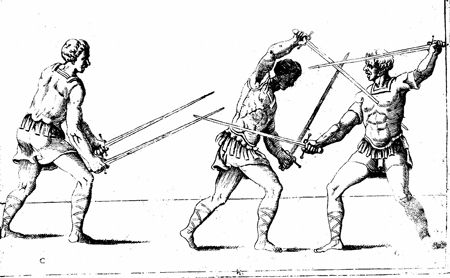
PASSPORT WORLD TOUR - Summer 2024 Philippines
Posted: July 17, 2024
 WHERE IN THE WORLD
WHERE IN THE WORLD
The Philippines, officially known as the Republic of the Philippines is a sovereign country in Southeast Asia in the western Pacific Ocean. Its location on the Pacific Ring of Fire and its tropical climate make the Philippines prone to earthquakes and typhoons but have also endowed the country with natural resources and made it one of the richest areas of biodiversity in the world. An archipelago comprising 7,107 islands, the Philippines is categorized broadly into three main geographical divisions: Luzon, Visayas, and Mindanao. Its capital city is Manila.
WHAT KIND OF KARATE? KALI/ESCRIMA
Kali/Escrima: Eskrima (also known as Arnis and in the West sometimes as Kali) is the umbrella term for the traditional martial arts of the Philippines, which emphasize weapon based fighting with sticks, knives and other bladed weapons, and various improvised weapons. It also includes hand-to-hand combat and weapon disarming techniques.

ORIGIN
When the Spaniards began colonizing the Philippines, they saw an already-developed weapons-based martial arts practiced by the natives. The name eskrima came from the Spanish word for “fencing” (i.e., any form of hand-to-hand combat with bladed weapons). After the decree prohibiting the native to carry full-sized swords (such as the Kris and the Kampilan), the elite and underground practitioners maintained and kept the art alive. To circumvent the decree, some practitioners used sticks made out of rattan rather than swords, as well as small knives wielded like a sword.
As eskrima is an art for the common folk, most practitioners lacked the scholarly education to create any kind of written record. While the same can be said of many martial arts, this is especially true for eskrima because almost all of its history is anecdotal, oral or promotional. The origin of eskrima can be traced back to the fighting systems used by Filipinos during internal conflicts. Settlers and traders traveling through the Malay Archipelago brought the influence of silat as well as Chinese and Indian martial arts. Some of the population still practices localized Chinese fighting methods known as kuntaw.